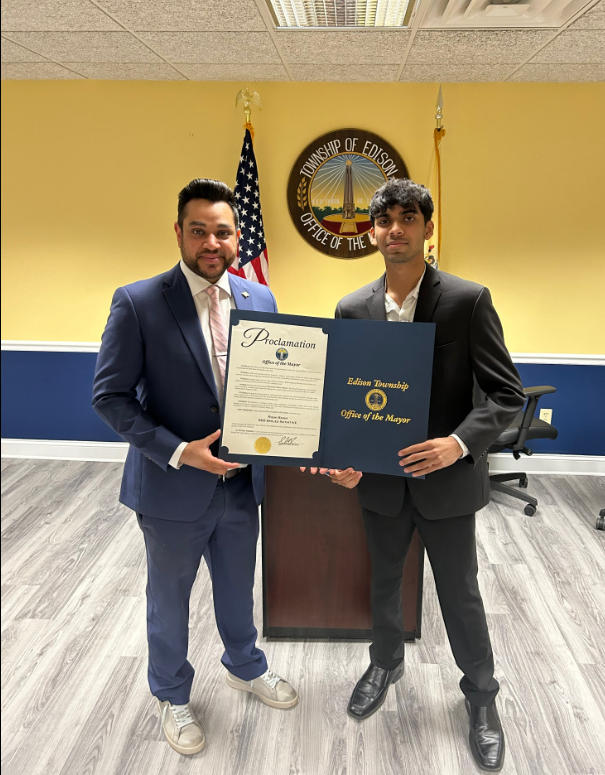Fake News Wins The Web, Can We Stop It?
November 12, 2021
You heard that correct: fake news spreads much faster than the truth nowadays across the web and many social media sites, subsequently attracting the attention of more people.
Fake news is everywhere. In fact, a study from the Massachusetts Institute of Technology concluded that the common fake story takes only 10 hours to reach 1,500 Twitter users while a true story takes approximately 60 hours to spread to the same number of users. MIT also concluded that on Twitter and other social media platforms, misleading news often spreads six times faster than reality. To add on, normal people spread fake news. When a headline catches someone’s eye, they click it, read it, and then share it. That’s simply how it spreads.
How can you spot fake news?
There are many techniques that you can utilize to spot these fake rumors, stories, and articles across the internet. One way is to check the validity of the information from the article through a fact-checking website. Another way to spot these fallacies is to read the whole article, not just the headline, before sharing it with others. Furthermore, it is important to check the date of the report because older articles may have been accurate at the time that they were published, but the same does not have to apply in the future as new, sometimes contradictory, data will be made available.
How can you help prevent the spread?
If you are able to spot fake news, you should always try preventing it from spreading so that fewer people receive misleading and inaccurate information. But how? Luckily there’s a solution. Many prominent organizations and companies are adding flagging tools and/or reporting protocols to limit the spread.
In conclusion, fake news exists, and it spreads quicker than the truth. Therefore, it is imperative that you do your part in preventing its spread, which will allow the truth to emerge as the likely source of information among the population.















Rory Blackwell • Nov 13, 2021 at 6:44 pm
I agree fake news is a growing problem, that if we work together can hopefully solve before it gets any worse!!!